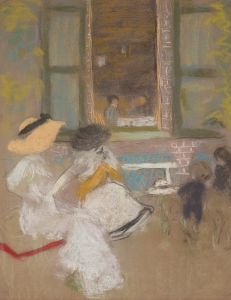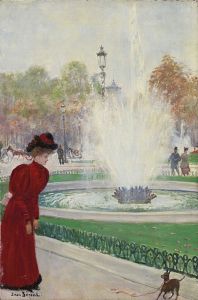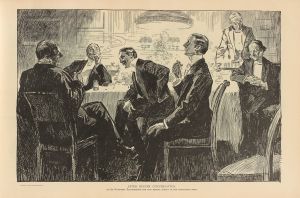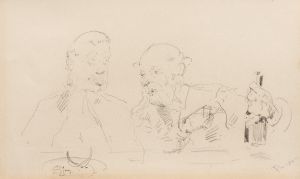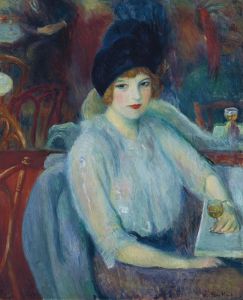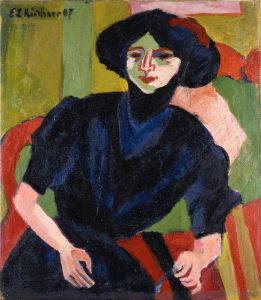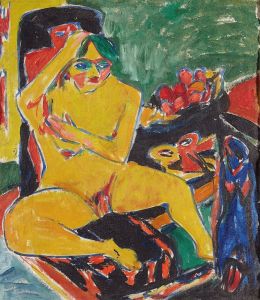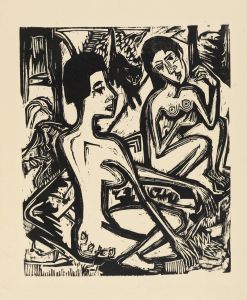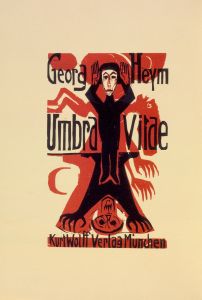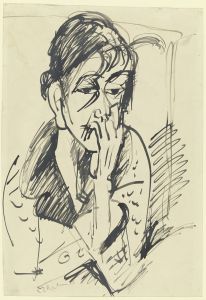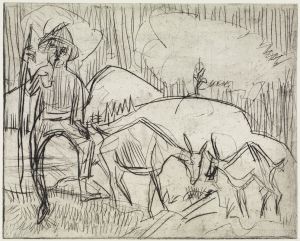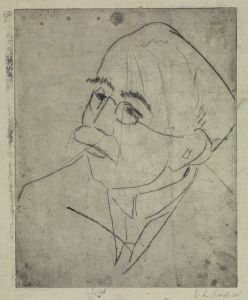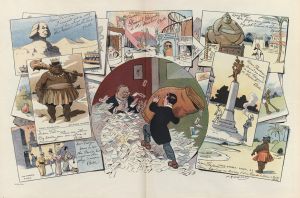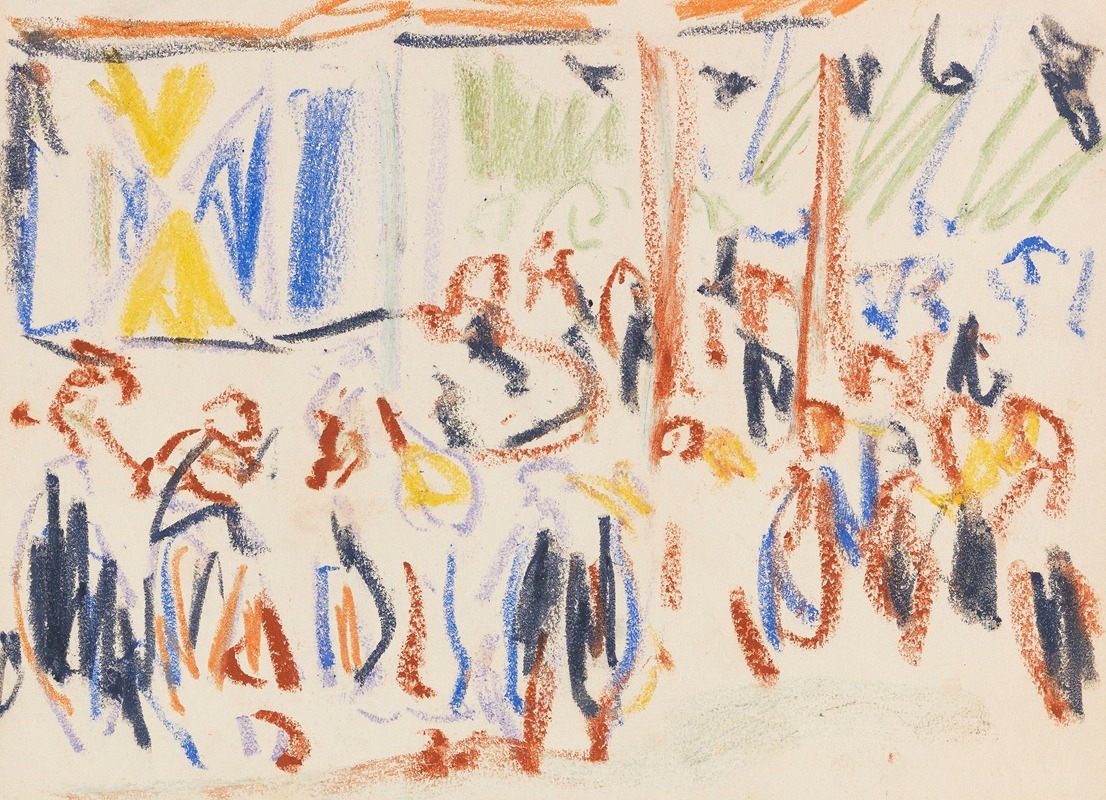
Das Park-Konzert
A hand-painted replica of Ernst Ludwig Kirchner’s masterpiece Das Park-Konzert, meticulously crafted by professional artists to capture the true essence of the original. Each piece is created with museum-quality canvas and rare mineral pigments, carefully painted by experienced artists with delicate brushstrokes and rich, layered colors to perfectly recreate the texture of the original artwork. Unlike machine-printed reproductions, this hand-painted version brings the painting to life, infused with the artist’s emotions and skill in every stroke. Whether for personal collection or home decoration, it instantly elevates the artistic atmosphere of any space.
Ernst Ludwig Kirchner was a prominent German expressionist painter and one of the founding members of the artist group Die Brücke (The Bridge), which played a pivotal role in the development of modern art in the early 20th century. Kirchner's work is characterized by its bold use of color, dynamic compositions, and a focus on the human figure, often exploring themes of modern urban life and the psychological experiences of individuals.
"Das Park-Konzert" (The Park Concert) is one of Kirchner's notable works, created during a period when he was deeply engaged with the vibrant cultural life of Berlin. Although specific details about this particular painting are limited, it is consistent with Kirchner's broader oeuvre, which often depicted scenes of urban leisure and entertainment. His paintings from this era frequently capture the bustling energy of city life, with subjects such as street scenes, cabarets, and parks.
Kirchner's style in "Das Park-Konzert" likely reflects his expressionist approach, characterized by exaggerated forms, vivid colors, and a sense of movement. His technique often involved the use of elongated figures and distorted perspectives, which conveyed the emotional intensity and psychological depth of his subjects. This approach was intended to evoke an emotional response from the viewer, emphasizing the subjective experience of modern life.
The setting of a park concert would have provided Kirchner with an opportunity to explore themes of public gathering and social interaction, common in his work. Parks were popular venues for leisure and cultural activities in early 20th-century Berlin, offering a space where people from various walks of life could come together. In capturing such a scene, Kirchner would have been able to explore the contrasts and connections between individuals in a shared public space.
Kirchner's work was deeply influenced by the rapid changes occurring in society during his lifetime, including the industrialization and urbanization of Germany. His paintings often reflect a tension between the excitement of modernity and a sense of alienation or anxiety. This duality is a hallmark of expressionism, a movement that sought to express the inner emotional experience rather than the external reality.
Throughout his career, Kirchner faced significant challenges, including the impact of World War I and the subsequent political and social upheavals in Germany. His work was later condemned by the Nazi regime, which labeled it as "degenerate art." Despite these challenges, Kirchner's legacy as a pioneering expressionist artist remains influential, and his works continue to be celebrated for their innovative style and emotional depth.
"Das Park-Konzert," like many of Kirchner's paintings, serves as a window into the cultural and social dynamics of early 20th-century Europe. It reflects his ability to capture the essence of a moment and the complex interplay of human emotions within the context of modern life. While specific details about the painting may be scarce, its significance lies in its representation of Kirchner's artistic vision and his contribution to the expressionist movement.





